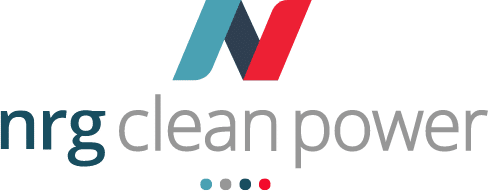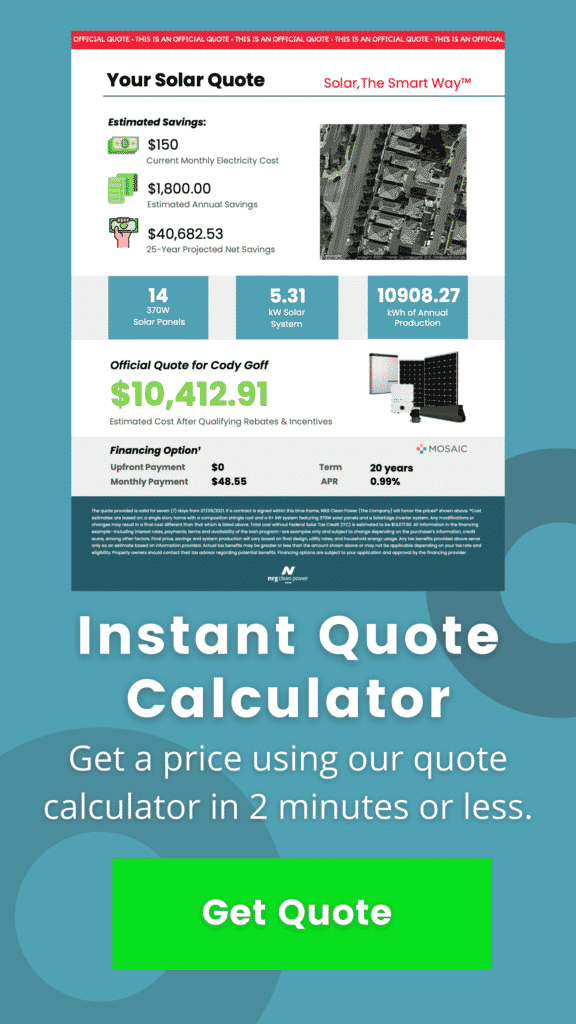California, boasting the US’s most significant solar capacity, is buzzing due to changes in its net metering regulations. With over ten million homes primarily relying on solar energy, the roll-out of NEM 3.0, the newest version of the net metering plan, has many wondering about their solar future. So, what about NEM 3.0 is triggering concerns for these residents? Addressing the “NEM 2.0 vs NEM 3.0” debate will clarify the distinctions and potential implications for solar uptake moving forward. At its essence, net metering offers a distinctive billing opportunity. For homeowners with a grid-connected solar system, this means generating revenue by feeding any excess electricity back into the local utility grid.
The push towards a greener, sustainable future has propelled the adoption of renewable energy, with solar panels leading the charge. For homeowners, solar panels not only represent a step towards environmental conservation but also promise long-term savings on energy costs. As a testament to its popularity, a 2022 Pew Research Center survey revealed that 8% of US homeowners have embraced solar installations, while a significant 39% are contemplating the shift. A pertinent question that arises is, “Do Solar Panels Increase Property Value?” Beyond the environmental and cost-saving benefits, homeowners are also keen on understanding the potential impact on their property’s market worth.
Since its debut in 2015, Tesla’s Powerwall has skyrocketed in popularity, becoming a household name in residential battery storage. Elon Musk has hinted at ambitious growth plans for Tesla’s energy sector, potentially outpacing even its automotive endeavors. The anticipation surrounding the “Tesla Powerwall 3” is palpable, reinforcing Musk’s vision for the industry’s future.While Tesla remains mostly reserved about the specifics of this new battery storage for residential solar enthusiasts, it’s slated for release in Spring 2023. Early reports suggest that the company has prioritized enhancements in the Powerwall 3, focusing on a more seamless installation process, improved aesthetics, and superior performance.
If you’re wondering “How Much Does a 6KW Solar System Cost?” it’s a question many homeowners ask, but it’s also crucial to understand its energy output. According to the US Energy Information Administration’s 2021 data, the average American home uses about 29.53kW daily. Thus, for solar power to make a significant dent in your energy bills, your system should approach this figure. With optimal conditions, like adequate sunlight and well-maintained panels, a 6kW solar system can churn out between 750 to 900kWh monthly. This translates to a daily output of 25 to 30kWh, aligning closely with average household consumption. To simplify the calculations: a 6kW system will produce 6kW of power per hour. If it receives 6 hours of robust sunlight daily, you’re looking at an impressive 36kWh of energy generated in a day. This makes a 6kW solar system a viable option for most households.
In case you were looking the answer to the question of “How Much Does a 7KW Solar System Cost?” which is a frequently asked question among homeowners contemplating a switch to solar – keep reading. For many in the U.S., a 7kW system can sufficiently cover daily electricity requirements. However, it’s essential to factor in individual household consumption. Annually, residential power use fluctuates from 6,369 kWh in places like Hawaii to a lofty 14,302 kWh in regions like Louisiana. For an encompassing energy solution, your solar installation should be capable of producing between 18 to 40 kWh daily. Under prime conditions, with solar irradiance at 1 kW/square meter, a 7kW system, ideally positioned, can generate 7 kWh of energy hourly. This means, with 3 to 6 hours of optimal sunlight, the system could provide 21 to 42kWh daily, aligning well with the energy demands of most U.S. homes.
The same goes for the question “How Much Does a 10kW Solar System Cost?” which is a question many homeowners grapple with when considering solar energy. A pristine 10kW solar array can generate power at its maximum potential, especially when it’s comprised of twenty-five 400 Watt solar panels. This implies that each panel can churn out 400 Wh during peak performance. While this sounds promising, achieving this efficiency consistently is challenging. Maximum efficiency is attained only under perfect conditions, requiring an hour of undisturbed sunlight during prime sunlight hours. Given these variables, an average American household relying on a 10kW solar system would need about three peak sunlight hours daily.
Electricity bills are a burden on many American households, with an average monthly charge of $137. Annually, this totals close to $1,700. However, the situation is intensifying. 2022 saw a staggering 10.7% hike in electricity rates, the steepest since the early 2000s. Furthermore, projections for this year suggest another 4% escalation. With the ongoing trend of remote work, energy bills are set to rise even more. But there’s an alternative: solar power. Specifically, the 15kW solar system could be a suitable fit for many homes. “How Much Does a 15KW Solar System Cost?” On average, without any credits or rebates, a rooftop solar installation costs between $2.5 and $5 per watt. For a 15kW system, you’re looking at an expenditure ranging from $37,500 to $75,000. After applying the 26% federal tax credit, the cost narrows down to roughly $27,270 to $55,500. Solar is an investment, but its long-term benefits, coupled with potential local rebates and financing solutions, can make it worthwhile.
Thinking of powering your 3,000-square-foot home using solar energy? The number of solar panels required hinges on numerous factors like your locale, prevalent weather conditions, sun exposure, and your home’s energy consumption. On average, for a house of this size, you would typically need between 17 to 26 high-quality solar panels to cover its total electricity demands. The direction your roof faces, or its orientation, also plays a crucial role in determining this number. Solar power is cost-effective in the long run but requires a significant initial outlay. It’s crucial to make informed decisions before committing. So, when you find yourself pondering, How Many Solar Panels Do You Need For A 3000 Square Feet Home? or even for a slightly smaller home, ensure you’ve considered all these aspects.
When talking about Solar Energy for residential homes “How Big are Solar Panels? is a common query among those venturing into solar energy solutions. The dimensions of solar panels matter, especially when considering installation for homes or businesses. Over the past decade, solar energy’s appeal has surged, thanks to its potential to reduce energy costs and our global carbon emissions. To support this green initiative, various governments are launching initiatives aligned with the goals of the 2015 Paris Agreement. These programs aim to promote a sustainable approach to tackling climate change. By adopting renewable energy sources like solar power, we are not only taking an environmentally-friendly step but also tapping into a cost-effective solution. Financial incentives, such as the government’s Solar Investment Tax Credit (Solar ITC), make solar installations even more enticing for individuals and businesses alike.
You can research solar energy solutions all day long and eventually you’ll stumble upon the following question: How to Calculate Solar System Size? which is a question many ask when considering the switch to solar energy. For those keen on embracing the environmental and financial advantages of solar power, understanding system size is vital. Both homeowners and business proprietors should be aware of the several elements that can impact the effectiveness of a solar installation. Factors such as geographical location, daily energy consumption, and the percentage of energy you wish to offset play a pivotal role. Getting the solar system’s size right is essential because it will dictate the energy output and your utilization. This article offers insights into the considerations determining your solar system’s dimensions. We provide a comprehensive guide that starts with recognizing solar limitations. Before choosing a system, weigh both budgetary and spatial constraints to ensure your solar installation meets your needs efficiently and economically.


